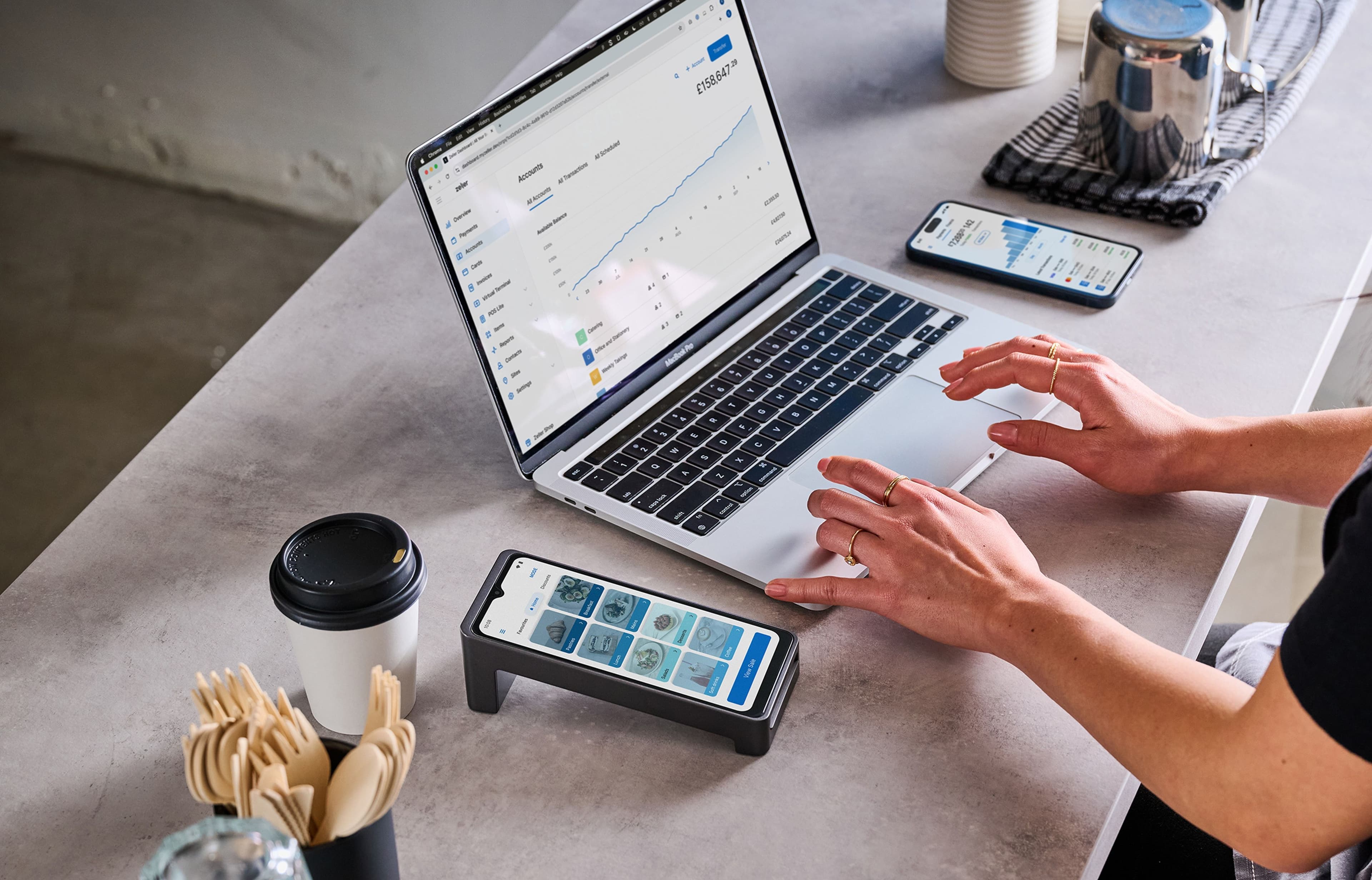
- Business Growth & Optimisation
A Guide to AI for Small Business: 3 Essential Tools and How to Use Them
If you’re a business owner, who is open to the idea of embracing new technology, but haven’t yet entered the chat with artificial intelligence, this article is for you. Here, we outline the best AI tools for small business, and how you can use them to save time – and money – in your day-to-day operations.
Artificial intelligence is quickly becoming a staple tool for business owners who want to save time and work more efficiently. According to the Australian Government, 41% of small and medium-sized enterprises are already using it. While there are a growing number of highly sophisticated paid platforms that can do everything from automating complex workflows (think Zapier, Make, and Power Automate) to integrating AI agents to respond to social comments or customer queries (Manychat, Tidio, and Intercom), and automate inventory operations (Zoho and Cin7), not every business needs these advanced tools. AI for small businesses with fewer resources and smaller budgets looks a little different. Read on to discover the best free AI tools and how best to use them for your small business.
But first, what is AI?
Artificial intelligence (AI) refers to computer systems that can perform tasks typically requiring human intelligence – like understanding language, recognising images, or making decisions. By analysing large amounts of data and learning from patterns, AI tools can generate insights, create content, and improve their performance over time.
What are AI tools?
AI tools are applications that use artificial intelligence to carry out specific tasks – such as writing text, designing images, analysing data, or answering questions. They take the complex capabilities of AI and package them into easy-to-use software that anyone can access, often for free or at a low cost. Perplexity, ChatGPT, and Canva AI, are three such tools, which we will discuss in more detail below. The best AI tools for small businesses are those that simplify and reduce the time spent on essential but time-consuming tasks – like copywriting, marketing, branding, customer service, or design – freeing you up to focus on the core aspects of your business.
Top three AI tools for small businesses:
1. Perplexity
What is Perplexity?
Perplexity AI is an AI-powered search and answer engine that combines natural language understanding with real-time web research. It retrieves factual information with citations for its answers, and continuously updates from the internet, providing current and trustworthy data.
What it’s great for: doing research and generating concise, factual answers.
What it’s not great for: creative content generation or conversational dialogue.
How to use Perplexity AI for small businesses
2. ChatGPT
What is ChatGPT?
ChatGPT is an AI-powered chatbot that understands and generates human-like text by analysing language patterns from vast amounts of data, enabling it to deliver natural, helpful responses. It can answer questions, write and edit content, brainstorm ideas, and simplify complex topics.
What it’s great for: creative and conversational tasks like writing, brainstorming, and coding.
What it’s not great for: doing research, as it can produce inaccurate or outdated information.
How to use ChatGPT for small businesses

Looking for more ways to save time and money in your business?
Let Zeller help. From EFTPOS to business accounts and expense cards, Zeller gives you the tools to manage payments, track spending, and grow your business – all in one place.
3. Canva AI
What is Canva AI?
Canva AI is an artificial intelligence tool built into Canva that helps users quickly create professional-looking designs. It can generate images, illustrations, social media graphics, templates, and other visual content from simple prompts, saving time and making design accessible even for non-designers.
What it’s great for: creating professional-looking, simple designs and visuals for digital use.
What it’s not great for: creating highly customised or complex designs, or anything that will be used for large-format printing.
How to use Canva AI for small businesses
A word of warning when using AI for small businesses
While AI tools like Perplexity, ChatGPT, and Canva AI can save time and inspire creative ideas, they aren’t perfect. Always double-check facts, verify sources, and review content for accuracy before using it to make business decisions. Similarly, AI-generated designs can be great, but the imagery may not always be 100% accurate – it’s not unusual for a hand to have an extra finger, or for objects to be floating in midair! So ensure you always inspect the images closely before using them. Also, AI-generated designs can resemble stock images or copyrighted styles and will lack the resolution required for printing, so if you are going to be sharing the assets widely (for example in a paid advertising campaign or printed on a product label), it’s important to involve the expertise of a professional graphic designer. Always remember to treat AI as a helpful assistant – not a replacement for your judgment or expertise.

Modernising your business? Meet Zeller.
Take payments, manage expenses, save and organise your funds, all from one simple online dashboard. Just like a business bank, but better.



